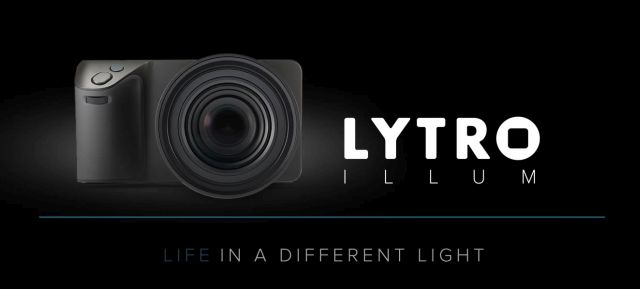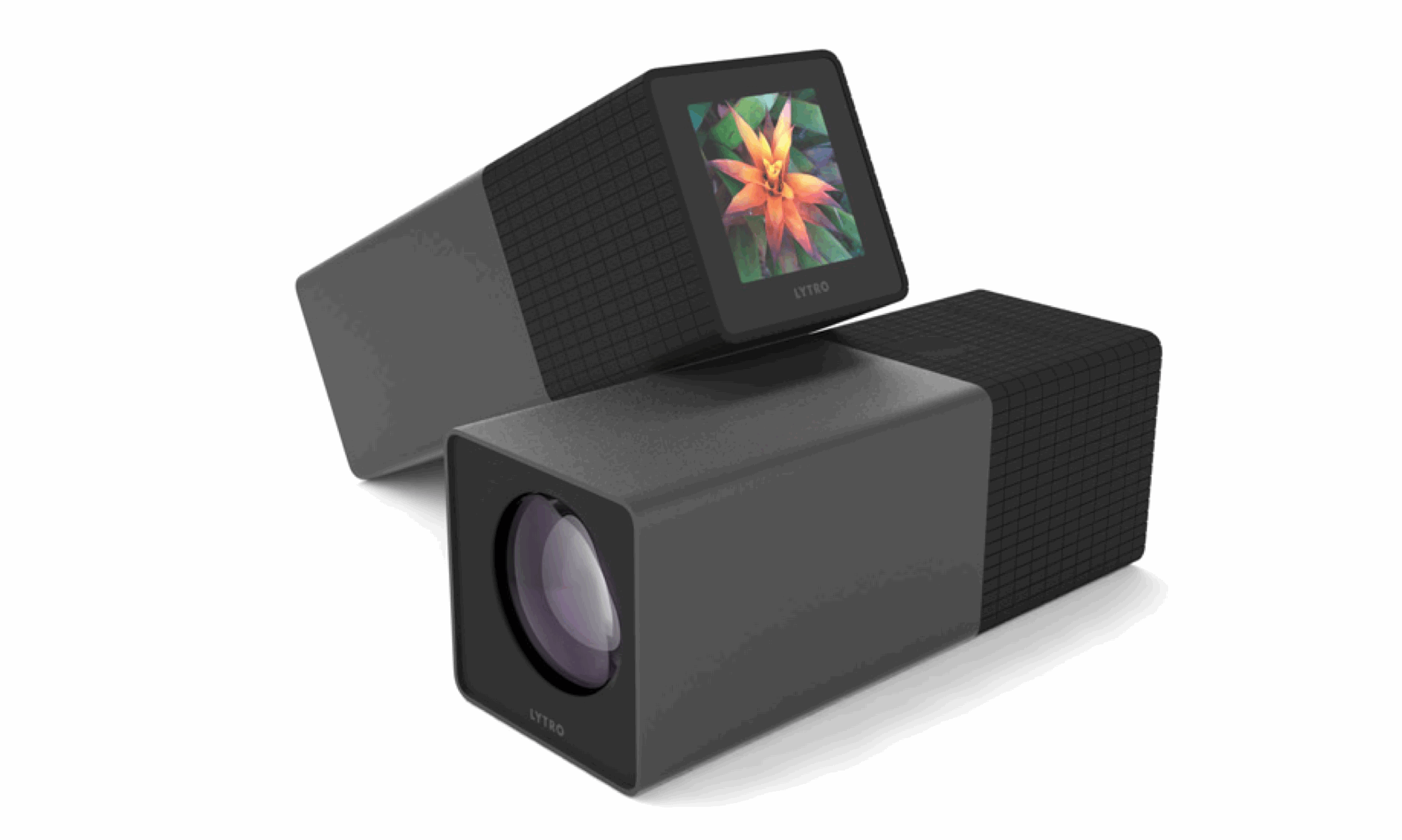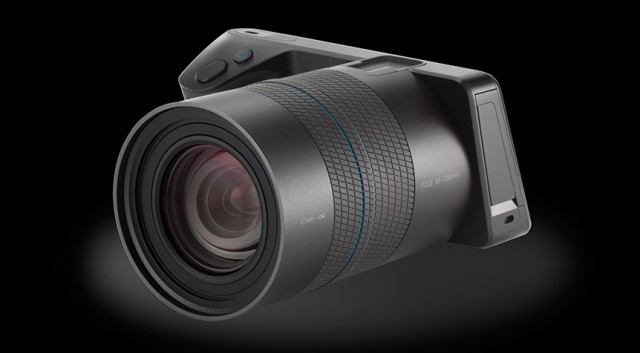At least ten years ago a truly revolutionary camera was introduced by Lytro that let you to focus the image after the picture was taken!
Micro-lenses captured the image at different focus points in one shot and combined them into image data. You selected the best focus point. The image was exported as a 2D jpg or tif.
It could also be exported as a side-by-side stereo pair (like old-fashioned stereo cards), or red-cyan images used with 3D glasses. But Lytro decided to, ah, focus on their proprietary “living picture.” This allowed viewers to select focus as they explored the image. They seemed to ignore all the other cool stuff the camera did.
Then the company imploded, or "entered into new opportunities." Lytro owners are on their own. It happens.
The first Lytro, looking like an big lipstick case, was considered by many as more a "proof of concept" than anything useful. Oh yes, it was $399.95. Tripod adapter extra.
A later much improved model, the Illum, had a large number of gee-whiz capabilities, but still only a four megapixel output and a $1,600 price tag. Same problems, just more up-scale.
Today, Illums sell on eBay for around $250. The small first generation model sells as low as $29.95 with case and tripod adapter.
I think the Lytro folks spent too much time pushing the “living picture” aspect. Sure, it great to look at a photo with shallow depth of field and select the focus here, then there, then later over there. But frankly, after a while it gets old, like 3D TV and virtual reality goggles for your smartphone.
But the Lytros are not one trick ponies!
Using the (necessary) Lytro software [Still works with Windows 11!], you can invoke “virtual f/stops” from f/1 to f/16 to increase or decrease the depth of field in the already taken photo without any change in exposure.
If this sounds unprecedented to traditional photographers, it is. Lytro turned a lot of how we compose photos on it’s head.
Here's why. Predicting how much in front and in back of the subject is in focus has always been a challenge. Closing down a lens to a small aperture increases that corridor of focus called depth of field. But viewing an image through the small “working aperture” is dark. It’s tough to see the details in the near and far.
Charts and calculators can tell you in feet or meters, but that is not the same as seeing clearly on a large, bright monitor the difference between f/2 and f/16.
Yes, some of the newest mirrorless cameras uses color fringing and other display enhancements to suggest what will be in focus. Still, it is not the same as seeing it.
The Illum is a fascinating piece of gear with solid construction, magnesium-allloy chassis an a design that looks like it belongs in an art gallery. But there are other concerns and expenses to consider if you want one.
First, buy a second battery now. No company is going to make a knock-off battery for a failed product. I found one for $59.95 and snapped it up, as without a battery, you have a very attractive doorstop.
Also, buy a second charger! They are more commonly found for $12. All the batteries in the world will not help if you if you lose or break the one specially-matched charger you own!
Finally, there is the problem of software obsolescence. The Lytro folks pulled the plug on downloads. The independent effort to make a version for Linux has no real reason to exist.
SAVE the Lytro desktop setup program somewhere! A year from now your computer could crash or you buy another one and you find the download page for the Lytro setup program has “gone 404“ - page not found.
Will Light Field photography come back some day? Maybe. But it is also possible that nobody cares about selecting focus and depth of field after the shot is taken, even if it could revolutionize news, sports and general photography.
Bottom line? Buy one cheap, enjoy it as long as you can and then move on. If it eventually becomes a brick, you can always sell it on eBay as a sci-fi prop.



CAMERAS
RIP





